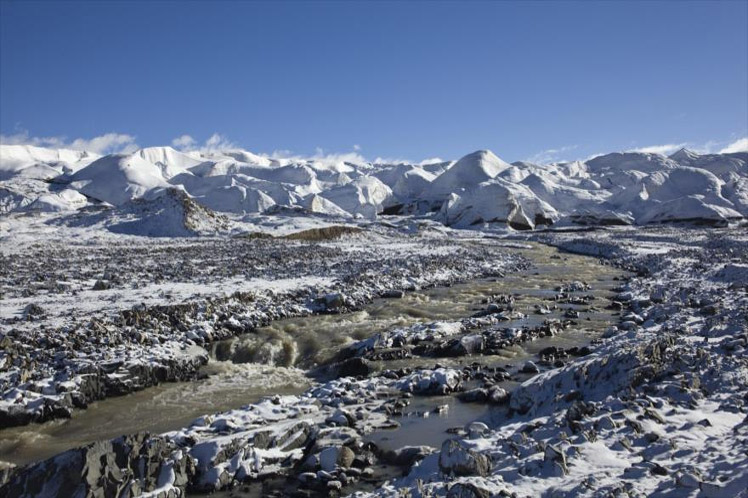Most of those viruses, which survived because they had remained frozen, are unlike any viruses that have been catalogued to date.
‘These glaciers were formed gradually, and along with dust and gases, many viruses were also deposited in that ice,’ said lead author Zhi-Ping Zhong, a researcher at The Ohio State University´s Byrd Polar and Climate Research center who also focuses on microbiology.
When they analyzed the ice, they found genetic codes for 33 viruses. Four of those viruses have already been identified by the scientific community. But at least 28 of them are novel. About half of them seemed to have survived at the time they were frozen not in spite of the ice, but because of it.
The study of these microorganisms in glaciers is a field not much studied, although it is an area that is becoming more important due to climate change, explained Lonnie Thompson, another author.
pgh/Pll/msm / ghp










